Barrel Thread Pitches: A Guide for Firearm Enthusiasts
Understanding Barrel Thread Pitch
When modifying a firearm, one of the most important things to know is the thread pitch you want for your barrel. Whether you’re adding a suppressor, muzzle brake or another device, knowing the right threads can save you from costly or even dangerous mistakes.
In this guide we’ll break down the most common US and metric thread pitches used in barrel threading.
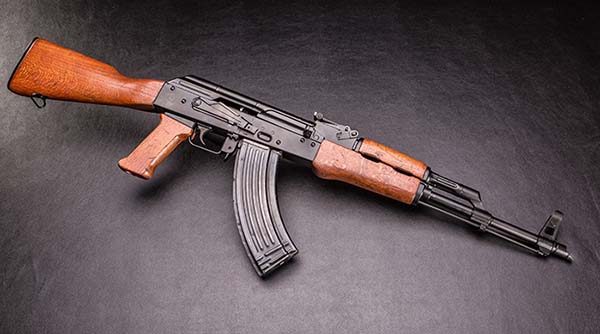
Why Do Thread Pitches Matter?
Thread pitch matters because the wrong threading can be dangerous. Attaching a muzzle device with an incompatible thread pitch can result in catastrophic failure, damaging your firearm – or worse.
Before buying any threaded accessories, check your barrel’s thread pitch to ensure a secure fit.
Standard US Thread Pitches
For rifles, the most common US thread sizes are:
- 1/2×28 – Standard for most .22 caliber barrels
- 9/16×24 – Found many .30 caliber rifles and medium contour barrels
- 5/8×24 – Larger option for .30 cal and bigger bores and heavy contour barrels
Let’s dive in.
1/2×28 – .22 Long Rifle and .223 / 5.56 Caliber Standard
The 1/2×28 thread pitch is the standard for .22 caliber firearms. You’ll often find it on:
- AR-15 in .223/5.56
- Ruger 10/22 and variants (Charger, Takedown, etc.)
- Marlin 22 LR
- Smith and Wesson M&P 15-22
This thread size works because a .22 caliber bore has enough material in the barrel wall to support a 1/2-inch OD thread.
However it’s not ideal for .30 caliber barrels. Some rifles have a 1/2×32 thread pitch for .30 cal barrels to prevent mismatched threads – such as threading a .30 cal barrel into a .22 cal suppressor. Always check before installing a muzzle device.
9/16×24
The 9/16×24 thread pitch is often found .30 caliber style rifles, such as:
- .308 Winchester
- .300 Win Mag
- .30-06 Springfield
- .300 WSM This thread size has thicker barrel wall than 1/2×28 so it’s a good choice for high powered rifles. You’ll find it on platforms like AR-10, FAL and M1A/M14.
5/8×24 – Bigger Threads for Bigger Bores
The 5/8×24 thread pitch is similar to 9/16×24 but for larger barrel diameters. This is used on:
- .30 caliber and larger heavy barrel rifles
- .308 AR bull barrels
If your barrel has enough OD, opting for 5/8×24 can give you stronger and more durable threading.
Metric Thread Pitches
While US threads dominate in the United States, metric threads are not uncommon – especially on foreign made firearms.
14×1 LH – The AK Thread
The 14×1 Left Hand (LH) thread is standard on AK variants. Interestingly this thread pitch is dimensionally similar to 9/16×24 LH thread pitch, which makes sense since both are used on .30 caliber rifles.
Left Hand vs. Right Hand Threads
Most threads are right-hand (RH) threads, meaning they tighten clockwise. But some barrels use left-hand (LH) threads which tighten counterclockwise.
Why Left Hand Threads?
Some firearm manufacturers and countries use LH threads for various reasons:
- To prevent muzzle devices from loosening due to recoil forces
- Standardization in some military designs (e.g., AKs and FALs)
For example some FAL barrels come threaded 9/16×24 LH. Unless specified as LH, threads are assumed to be right-hand (RH).
Professional Advice
Choosing the right barrel threading is important. Any good suppressor dealer or gunsmith can help you choose the right thread pitch for your caliber and muzzle device.
Don’t take advice from just anyone – leave Bob at the tackle shop to the fishing tips!
Conclusion:
This covers the most popular thread pitches but there are many more out there. Did you know an UZI barrel nut uses a 1×18” thread? Some suppressors, like one from Vector Arms, can even replace the UZI barrel nut itself – nice!
If you have any threading or muzzle device questions contact a professional before making any changes.
⚠️ Warning
This article is for educational purposes only. Before modifying your firearm, consult a gunsmith. Always prioritize safety and compatibility when working with threaded barrels.
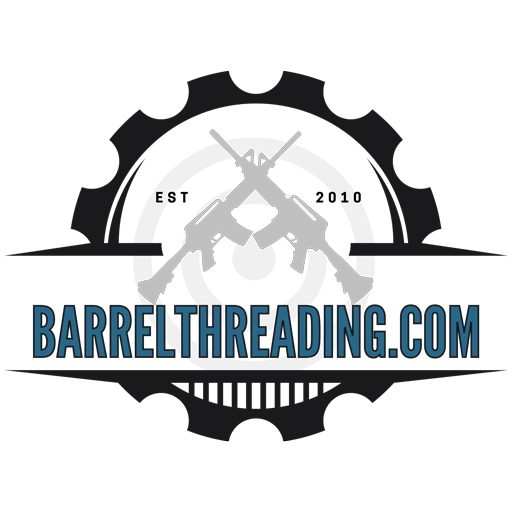
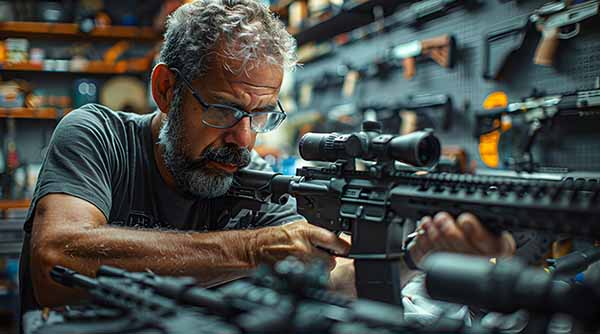
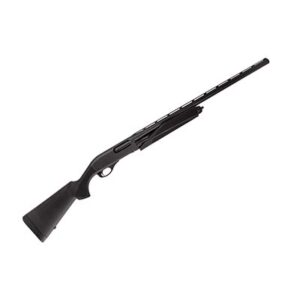
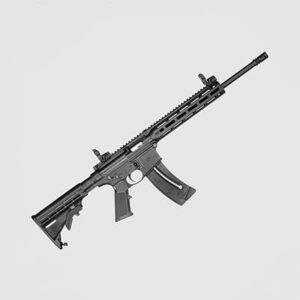

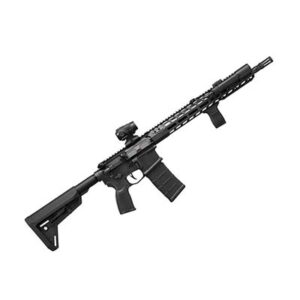
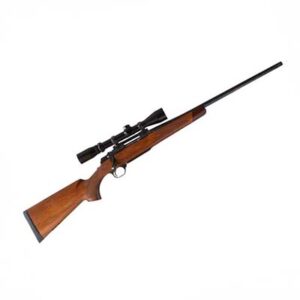
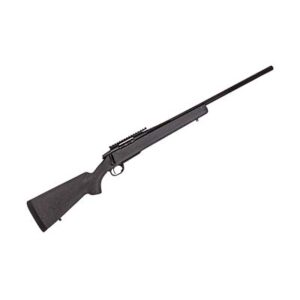
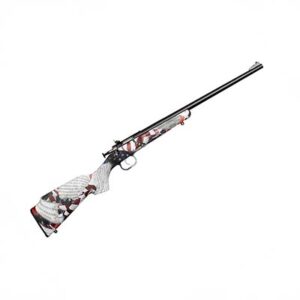
0 Comments